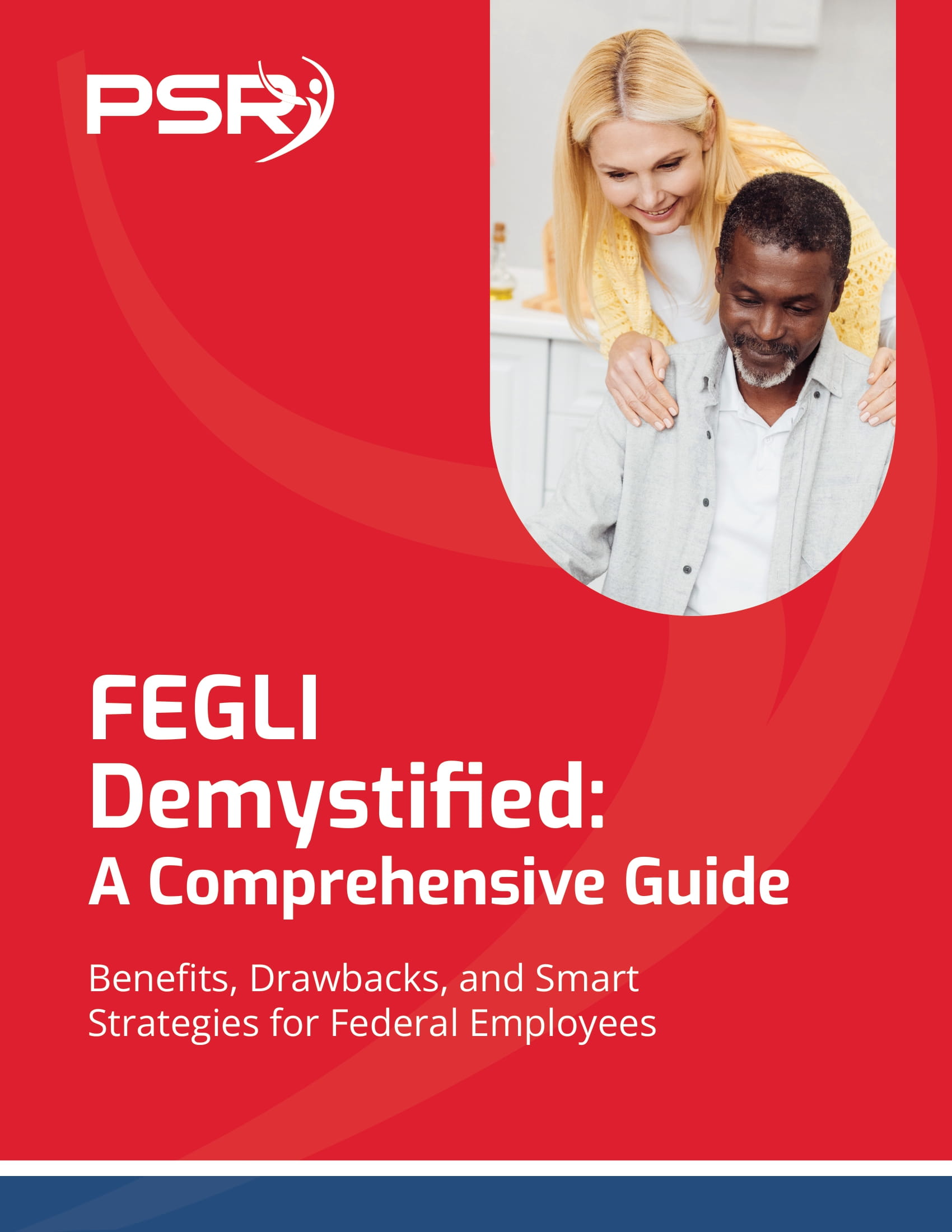Key Takeaways
-
You don’t have to lose your FEHB coverage if you plan ahead and understand how to adjust your benefits.
-
Rising 2025 premiums can be managed by coordinating with Medicare, exploring other enrollment types, or switching to a more cost-effective plan within FEHB.
Understanding Why FEHB Premiums Increased in 2025
The Office of Personnel Management (OPM) announced that FEHB premiums for 2025 have risen significantly. Enrollees are seeing an average increase of 13.5%, while the government continues to pay about 70% of the total premium cost.
These higher rates are due to a variety of factors:
-
Medical inflation across the healthcare sector
-
An increase in healthcare utilization after pandemic-related delays
-
- Also Read: FAA, Law Enforcement, and Special Federal Employee Categories—Here’s What Makes Their Retirement Unique
- Also Read: Blending Private and Public Sector Retirement Plans Is Complicated—Here’s Where Couples Get It Wrong
- Also Read: The Silent Shift in Postal Service Retirement Benefits That Could Change Everything by 2026
-
Prescription drug cost increases
While these changes may be out of your control, your response to them isn’t. Let’s break down what you can do right now.
Review Your Current Coverage Carefully
Start by reviewing your current FEHB plan’s cost-sharing structure. Compare these essential aspects:
-
Monthly premium
-
Annual deductible
-
Out-of-pocket maximums
-
Copayments and coinsurance for routine care, specialists, and hospital visits
You might discover that your current plan is no longer the best value for your needs. Use this opportunity to reevaluate based on your expected healthcare usage in 2025.
Coordinate FEHB With Medicare if You’re Eligible
If you are 65 or older and eligible for Medicare, you may want to consider enrolling in Medicare Part A and Part B. When combined with FEHB, Medicare can cover most of your medical expenses, often reducing your out-of-pocket costs.
Here’s how coordination helps:
-
Medicare becomes your primary payer, and FEHB acts as secondary coverage
-
Some FEHB plans offer lower copays and deductibles when Medicare is your primary payer
-
Certain FEHB plans waive the annual deductible when combined with Medicare
In 2025, these cost-saving features are more important than ever. Make sure your FEHB plan is compatible with Medicare coordination.
Consider Switching to a Lower-Cost FEHB Plan
Every year during Open Season (which runs from November to December), you can switch your FEHB plan. This is your chance to explore other options within the FEHB system that may be more budget-friendly.
Here are steps to help you evaluate your options:
-
Use the FEHB Plan Comparison Tool available on OPM’s website to review plans side by side
-
Focus on total out-of-pocket costs, not just premiums
-
Evaluate the provider networks to ensure your doctors and hospitals are included
Some plans may have higher premiums but lower deductibles, which could work in your favor depending on your needs. Make the switch during Open Season to ensure changes take effect on January 1, 2026.
Explore Self Plus One Versus Self and Family Coverage
In many cases, retirees and employees default to the more expensive Self and Family coverage when they could opt for Self Plus One. This mistake can cost you hundreds annually.
If only one other eligible dependent is on your plan, the Self Plus One option is likely more economical. Be sure to:
-
Double-check the enrollment codes
-
Compare premiums and benefits between the two options
-
Switch during Open Season if needed
This small change can result in meaningful savings without sacrificing coverage.
Check if You Qualify for Premium Conversion Waiver
Federal retirees typically pay their FEHB premiums on an after-tax basis, unlike active employees who benefit from the Premium Conversion program. However, if you’re a reemployed annuitant or in a specific category, you might still qualify for tax savings.
Consult your human resources office or the OPM retirement services division to check your eligibility. Reducing your tax burden on premiums, even slightly, can ease the impact of the increase.
Take Advantage of Flexible Spending Accounts (FSAs) If Still Working
If you’re still an active employee, 2025 offers a higher maximum contribution limit for healthcare FSAs—$3,300. This allows you to set aside pre-tax dollars for:
-
Copayments
-
Deductibles
-
Prescription medications
-
Dental and vision care
Use Open Season to elect your FSA contribution. Although retirees can’t use FSAs, employees nearing retirement can still benefit from this strategy.
Analyze Prescription Drug Coverage Separately
With the rise in drug prices, your plan’s formulary and coverage rules for medications matter more than ever. Even within the FEHB system, differences in drug tiering, copayments, and specialty medication rules can lead to large disparities.
Check for these features in your current and alternative plans:
-
Coverage for your specific medications
-
Generic versus brand-name copay tiers
-
Prior authorization requirements
-
Mail-order pharmacy benefits
And if you are eligible for Medicare, remember that most FEHB plans integrate with a Medicare Part D Employer Group Waiver Plan (EGWP), which could include additional savings.
Stay Informed About Legislative Changes
In 2025, there are proposed changes in Congress that could impact FEHB funding and benefit levels. These include:
-
Shifting the government contribution formula to a voucher model, which may raise out-of-pocket costs for enrollees
-
Limiting the inclusion of locality pay in retirement annuity calculations, which may indirectly affect your budget
Stay connected with updates from OPM and federal employee associations to remain ahead of any upcoming changes. Being proactive ensures you’re not caught off guard by future cost adjustments.
Evaluate if You Need Vision or Dental Separately
FEHB plans vary in what they cover for dental and vision services. If your current plan has minimal coverage in these areas, you might consider enrolling in FEDVIP separately.
FEDVIP offers standalone dental and vision plans to eligible federal employees and retirees. These premiums are entirely separate from FEHB, so budget accordingly.
Compare the cost of staying in your current FEHB plan versus choosing a lower-cost FEHB option and adding dental or vision separately.
Know What Happens If You Cancel FEHB
Some retirees wonder if dropping FEHB altogether is a viable option. However, this often leads to a permanent loss of eligibility.
Important rules to remember:
-
If you cancel FEHB in retirement, you cannot re-enroll unless under specific exceptions (e.g., gaining new employment with FEHB eligibility)
-
Suspension is only allowed when enrolling in certain types of coverage, like TRICARE or a Medicare Advantage plan
Do not cancel your FEHB plan without understanding the long-term consequences. Once lost, it can be extremely difficult or impossible to get back.
Make Informed Decisions for the Long Run
Healthcare needs and financial realities evolve as you age. What worked for you five years ago may no longer be the best option in 2025.
Keep the following principles in mind:
-
Reevaluate your plan every Open Season
-
Adjust coverage when your health needs or household change
-
Consider cost-sharing features like copays, coinsurance, and deductibles—not just premiums
-
Use tools from OPM to make side-by-side comparisons
Choosing the right FEHB plan is not a one-time decision. Regular check-ins help you keep costs under control without sacrificing quality of care.
Protecting Your Coverage While Managing Rising Costs
FEHB premiums may be rising, but you are not powerless. With a thoughtful strategy that includes plan comparisons, Medicare coordination, and careful Open Season planning, you can preserve your healthcare security.
Get in touch with a licensed agent listed on this website for professional advice tailored to your needs and benefits.












